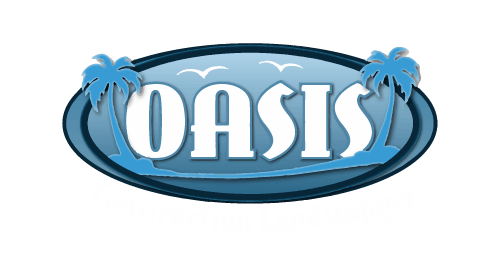Residential irrigation systems are the perfect solution to the water and nutritional needs of outdoor plants, trees, bushes, lawns and any other plant-based outdoor elements that need water to survive and thrive. Irrigation systems are the best way to ensure that every outdoor element around your home receives the proper amount of water year round while also reducing your total water usage, which cuts down on water bill costs and unnecessary water waste. Another important element of residential irrigation systems is irrigation winterization. The following guide will help you understand more about irrigation winterization services and why they are so important.
What is Winterization?
Residential irrigation systems are designed to be installed year-round so that your plants, trees, and lawn can get the proper amount of water in every season. However, once the cold water sets in, your lawn, trees, plants and other outdoor elements need to be prepared for winter so that they can survive the snow and freezing temperatures of the winter months—and your irrigation system is no exception.
Winterization is the process of “winter-proofing” something; in this case, irrigation systems. Other outdoor elements that need winterization services include lawns, plants, and even some types of trees.
Irrigation Winterization
Irrigation winterization involves several processes that will help make sure that your irrigation system safely lasts through the winter months, when snow, cold temperatures and ice can cause all sorts of havoc on irrigation systems.
A professional irrigation services team will be able to fully winterize your irrigation system which will prepare it for the cold winter ahead. There are many different types of winterization elements that need to be done to protect a system, including the following:
Insulation
All assets related to the irrigation system need to be properly insulated so that they do not freeze. This includes both turning off the water supply to the system so that water cannot freeze inside it, in addition to installation insulation foam around any exposed areas–including the main shut off valve for the system and any exposed irrigation piping.
Shutting down the controls
Irrigation systems often have controllers that turn the system on and off automatically. You need to down the controller so that the valves do not turn on during the winter time. IN some cases, you will be able to shut off the signals to the valves but in some cases you may need to shut off all power to the controller. If you do this, you will need to totally reset it in the spring when you turn it back on again.
Pipe draining
The irrigation system needs to have all water removed from the ping system. This is done through draining, which should be done with one of several professional tools. Never attempt to drain your own irrigation pipes, as this requires the work of a professional.
Remember, if you want to make sure that your irrigation system lasts the winter, you’ll need to call in a professional team to handle the winterization process. We partner with Adams Irrigation!
